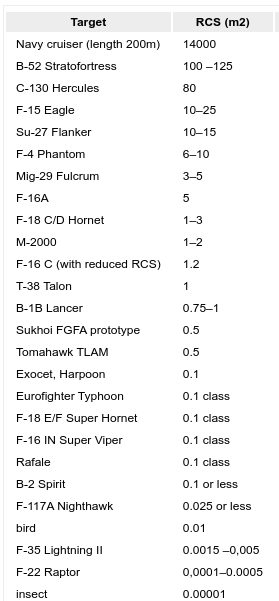1. The F-15C's top speed is Mach 2.45, faster than the F-14D.
2. The F-15C's thrust-to-weight ratio is 1.07. The F-14D's was .88.
3. The F-15C's wing loading is 73.1 lbs./sq. ft.. The F-14D's was 96 lbs./sq. ft..
4. The F-15C's service ceiling is 65000 feet. The F-14D's was 53000.
The F-22's performance is similar to that of the F-15, though .2 Mach less fast and a thrust-to-weight ratio of 1.08. A big difference between the F-22 and the F-14/15 is that the latters' cruising speed is under 500 Kn, while the F-22 can supercruise at Mach 1.76.
Unlike the F-15C and F-22, The F-14D could not carry and control the AIM-120 AMRAAM, which involves more than just attaching the missile to a pylon. The AIM-54, which the F-14D could carry and control, was very outdated and designed for bombers that are not agile, like fighters.
The F-14 had reached the limit of its upgradeability, the F-15 is pushing that limit, and the F-22 incorporates modern technologies while probably being at the mid-range of its upgradeability. The F-14 was retired at about the right time, at its attainable peak but before some newer and more capable opponent bested it in combat.
Then there's radar cross-section:

The F-14 would have been in the same range as an F-15 or F-4. The F-22 would be some 6 orders of magnitude less easy to detect and lock onto than an F-14.